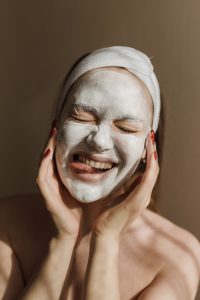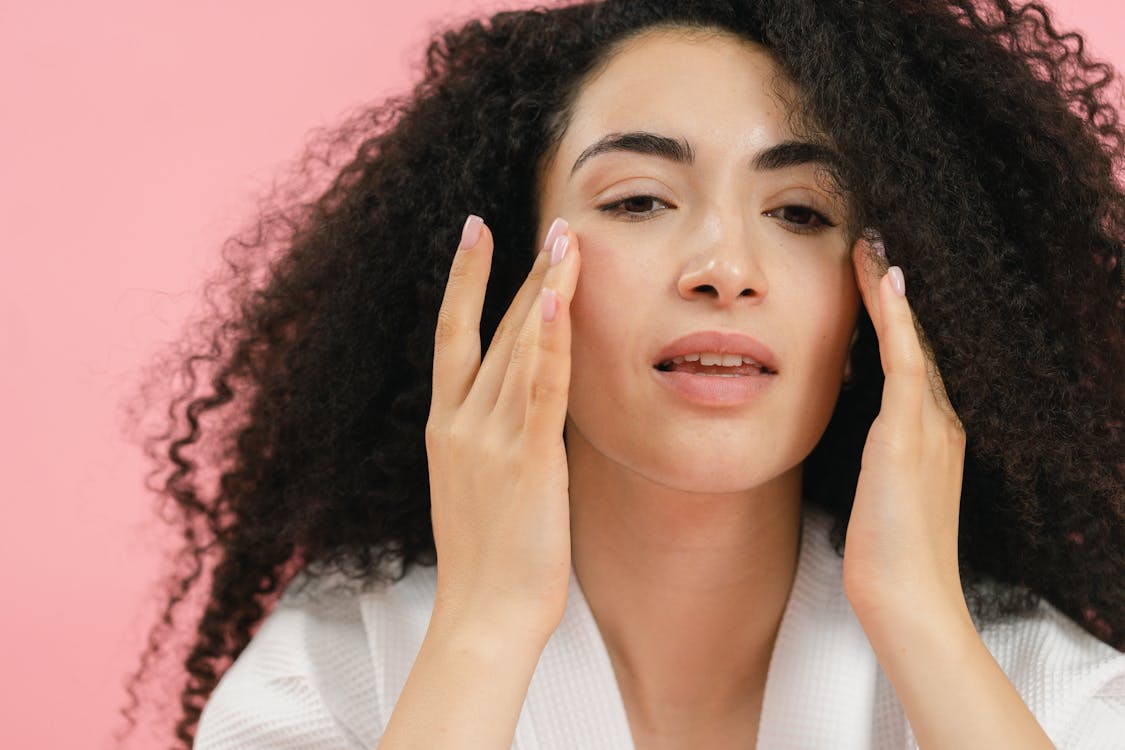Learn About Slugging And Its Benefits

Slugging is no freshly discovered secret but has quickly become a well-known skincare trend. We are now in peak slugging season when skin tends to be dry and parched – making this method even more important for locking in moisture. If you haven’t tried it yet, slugging involves applying an occlusive product such as an ointment at the end of your daily skincare routine. It’s true chaos turned into pure joy!
Don’t be hesitant to hop on the slugging bandwagon everyone is talking about! To get you started, here’s your guide to using Vaseline for all of your dry skin needs. Skincare enthusiasts are highly advocating it, yet if you’re uncertain, fear not – we’ve got a plan in place just for you. Let’s break down how easy it can be to give yourself some much-needed moisture and hydration with this simple practice that has been around longer than any other skincare fad out there today!
What Is Slugging?
Slugging is a straightforward process that can easily be incorporated into your nightly regimen. Begin at night, as this will spare you from having to apply makeup onto a face covered in goop during the day.
Start by cleansing with the 100% PURE Calendula Flower Cleansing Milk and continue with all the other steps in your evening routine – whether it’s toning or applying serum, take care of yourself! Don’t hesitate to use actives like retinols, acids, and other potent ingredients – just remember to test a small area first before applying it all over your face.
But don’t forget the goal of slugging: keep it close to your skin! Applying a product with a 10 percent concentration under too thick cream can be detrimental instead of helpful, so watch out for that when you’re testing different products or combinations. However, everyone’s skin is unique – some might find this combination beneficial after all!
After you’ve used your toner, serum, and cleanser, it’s essential to finish up with a moisturizer. Moisturizers provide skin hydration in addition to trapping humectants and water molecules near the surface of your complexion. The occlusive layer applied on top – known as ‘the slugger’ – will help lock moisture in even further! Still, stumped about what products are best for this part of the process?
What Products Can You Use?
If the thought of a heavy goo on your face terrifies you, it’s time to step up and make an effort. To do slugging effectively, you will need an occlusive product; these are items that form a barrier that stops moisture from evaporating off your skin.
Tired of using petrolatum, the key ingredient in Aquaphor and Vaseline that can be thick and sticky? Try something thinner yet equally effective like 100% PURE’s Green Tea EGCG Concentrate Cream or the Retinol Restorative Overnight Balm. Not only will you still notice results, but these two products are made by friends on our side of the office! So don’t wait – switch up your occlusive today for better skin tomorrow.
These occlusive products are designed with the user in mind and come on the lighter side. No matter which option you go for, always use a minuscule amount (think pea-size)! To get the maximum benefit from it: first, warm it up between your hands before gently patting it onto your skin. Sleep like that glazed donut of yours and wake up to a comfortingly soft face!
Final Note
Before you commit to slugging, consider your skin type. If it is already prone to oiliness, there’s no need for additional moisture; your body will do the job itself! Similarly, if you struggle with acne flare-ups across various areas of your face or body, try tackling those issues first before introducing this new method into the mix.
That said – don’t worry about missing out on an opportunity: Slugging has been around for centuries and isn’t going anywhere anytime soon. You can always give it a go later when more suitable conditions are met!





